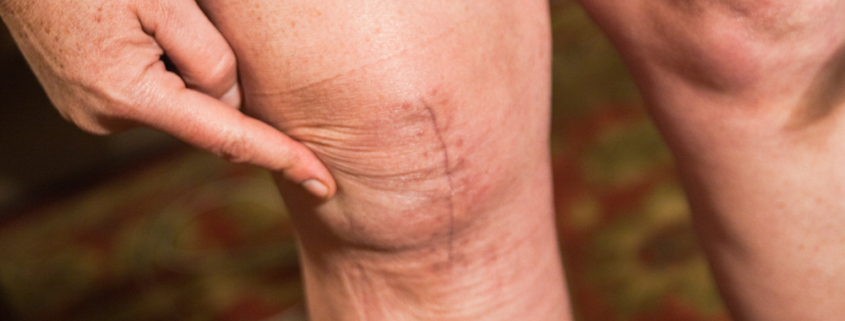Post-Surgery Rehabilitation

Overview
Post-surgery rehabilitation is a process that helps patients recover after they’ve undergone a surgical procedure. It’s usually a combination of physical therapies, prescribed exercises, lifestyle changes, and sometimes additional medical procedures. Rehabilitation is intended to help patients regain their pre-surgery level of health, or as close to that as possible. It’s a common part of recovery from many kinds of surgeries, including orthopedic, cardiac, and neurological procedures.
Types
The type of post-surgery rehabilitation a patient may need depends largely on the surgery they’ve undergone. Here are some common types:
– Orthopedic Rehabilitation: After procedures on the bones, joints, or muscles, patients often need additional support to regain mobility.
– Cardiac Rehabilitation: These programs are designed to help patients regain heart health after procedures like a bypass surgery or heart attack.
– Neurological Rehabilitation: After neurosurgery, or surgery on the brain or spinal cord, patients will need support in improving cognitive and physical functions.
Causes
The root cause of needing post-surgery rehabilitation is undergoing a surgical procedure that impacts the patient’s physical abilities or lifestyle. The surgery in question may be necessary to treat an illness or injury. It’s important for patients to understand that needing post-surgery rehab isn’t a sign of failure or a bad result; rather, it is a tool utilized to promote the best possible recovery.
Symptoms
After surgery, you may experience various symptoms that indicate the need for rehabilitation. These include:
– Difficulty performing daily tasks.
– Pain when moving.
– Decreased range of motion.
– Lack of strength or tiredness.
– Difficulties in balance or coordination.
Diagnosis
The need for post-surgery rehabilitation is typically determined by your doctor or surgeon. They may also bring in physical therapists or other rehabilitation specialists to assess your need for rehab. This decision is typically based on the type of surgery you’ve had, your overall health, and any symptoms or struggles you may be experiencing.
Treatment Options
Treatment for post-surgery rehabilitation can include a variety of options:
- Physical Therapy: This can include stretching, strengthening exercises, balance work, and more.
– Pain Management: Medications or other treatments may be used to manage post-surgery discomfort.
– Lifestyle Changes: Altering diet, sleep habits, or other daily routines can support a faster recovery.
– Outpatient or Inpatient Rehab: Your rehab might take place in a specialized setting or at your home based on treatment needed.
Living With Post-Surgery Rehabilitation
Here are some tips to help manage post-surgery rehabilitation:
– Follow your healthcare provider’s instructions closely.
– Keep all follow-up appointments.
– Stick to your prescribed exercise and therapy regimes.
– Maintain a healthy lifestyle to support recovery.
– Be patient and don’t rush recovery.
When to Seek Help
During your post-surgery rehabilitation process, it’s important to seek medical help if you notice:
– Continuing or escalating pain.
– Developing new symptoms.
– Symptoms of infection around your surgical site.
– Mood changes or feelings of depression.
Post-Surgery Rehabilitation can be a challenging journey, but with proper care, guidelines, and medical assistance, a full recovery is often possible. Always ensure that you are consulting with your healthcare provider about the best ways to approach your rehabilitation.
